
Signs of a Melanoma
Recognising the signs of melanoma is key to prompt intervention and successful treatment.
Read on for:
Vital insights into melanoma detection, including the ABCDE criteria for spotting changes
Our FREE downloadable guide for at-home mole checks
Information on the critical role of professional assessments, along with details on how to book yours.
What is Melanoma?
Melanoma is a serious form of skin cancer that arises from pigment-producing cells known as melanocytes.
Unlike other skin cancers, melanoma has a higher risk of spreading to other parts of the body if not detected early. It’s crucial to understand that melanoma can appear anywhere on the skin, even in areas not exposed to the sun.
Factors such as excessive sun exposure, a history of sunburns, having numerous moles, fair skin, and a family history of melanoma can increase your risk of developing this skin cancer.
Protecting your skin from UV radiation and conducting regular skin checks are key preventive measures.
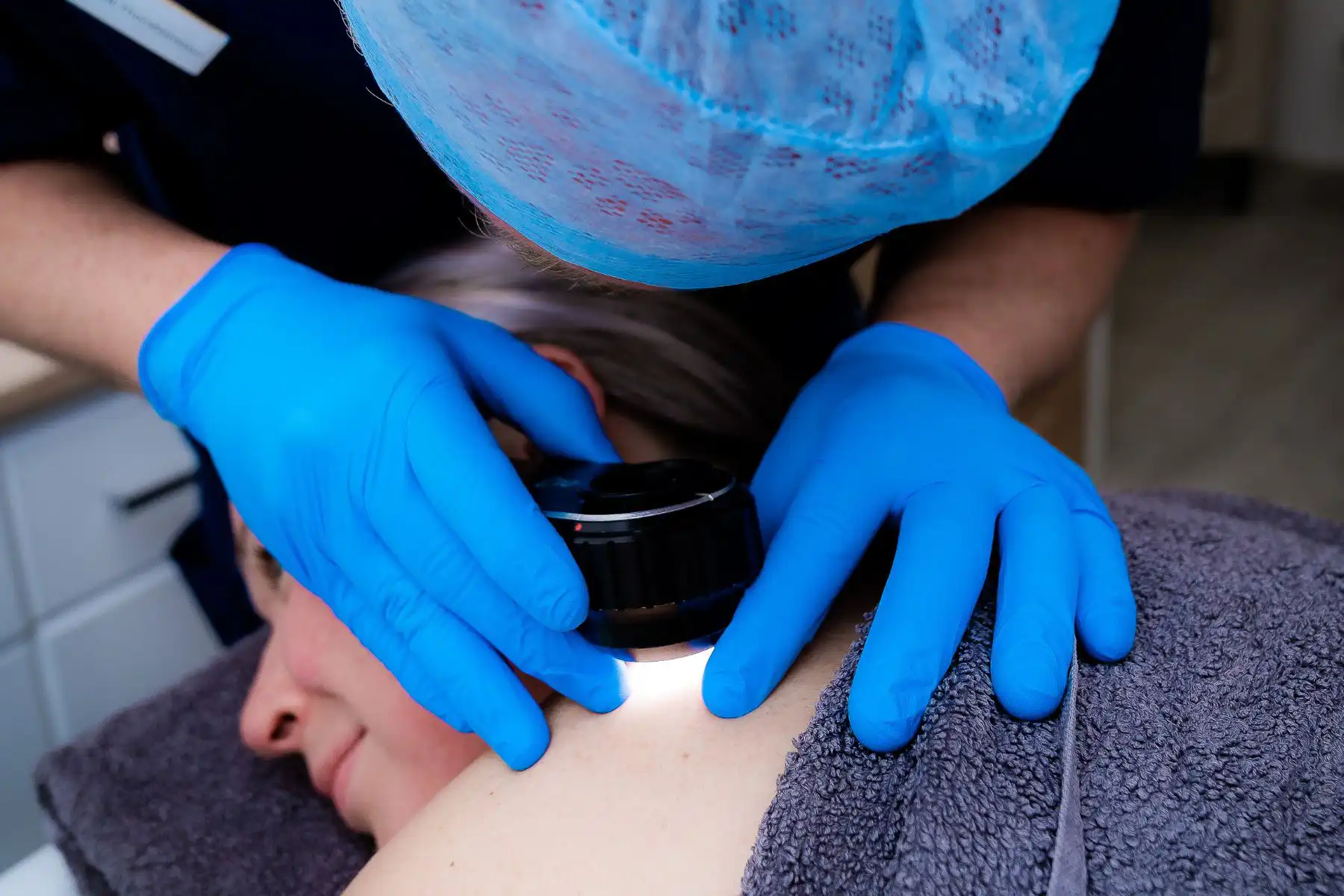
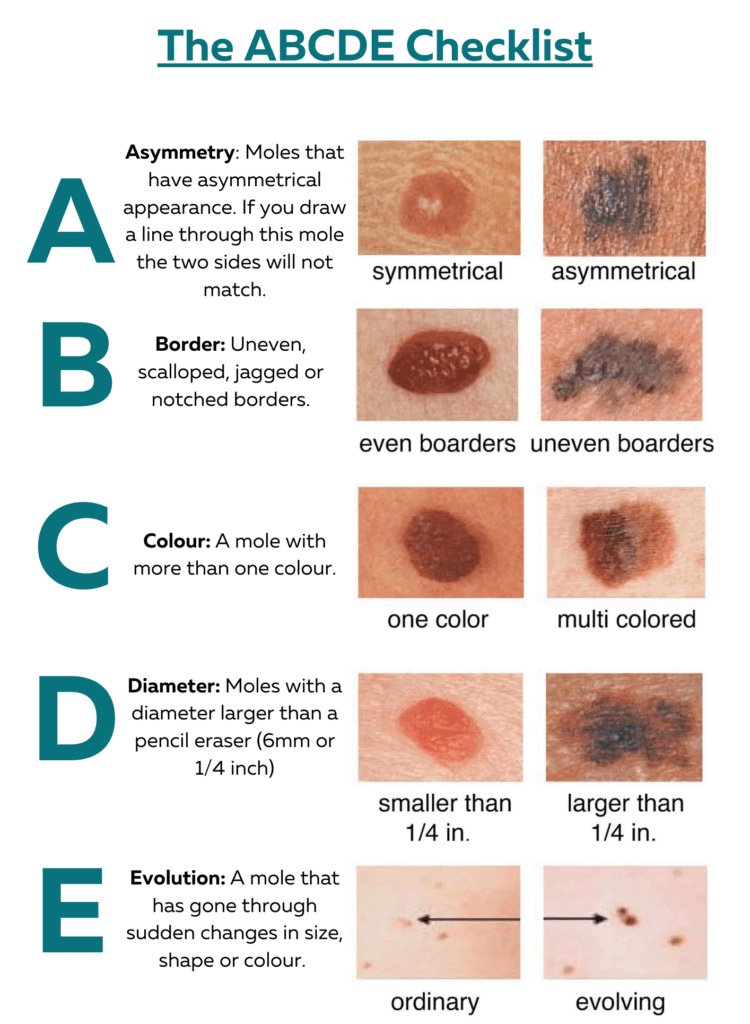
What are the Signs of a Melanoma?
Identifying melanoma early can be lifesaving, and the ABCDE criteria is an effective guide to help you spot potential warning signs.
“A” stands for Asymmetry:
Look for moles or growths that have an irregular shape where one half does not match the other.
“B” signifies Border:
Be cautious of moles with uneven, notched, or scalloped borders.
“C” represents Colour:
Be alert to changes in colour, especially if a mole has multiple colours or shades like brown, black, tan, red, white, or blue.
“D” is for Diameter:
Moles larger than the size of a pencil eraser (about 6mm) should be checked.
“E” stands for Evolving:
Any change in size, shape, colour, elevation, or another trait, or any new symptom such as bleeding, itching or crusting, points to danger.
It’s important to conduct regular skin self-exams and consult a dermatologist for any concerning signs. At Freyja Medical, we offer expert guidance and professional mole checks to ensure your skin’s health and well-being.
How to Perform your At-Home Mole Check
Regular Checks are Key – With skin cancer being the most common cancer in the UK, early detection is crucial.
Monthly self-exams for new or changing moles are essential, as about 70% of melanomas develop as new skin marks.
We have a FREE at-home mole check guide that offers a step-by-step process for your examination aswell as advice on documenting your findings effectively and subsequent steps. Click the button below to download your free guide.

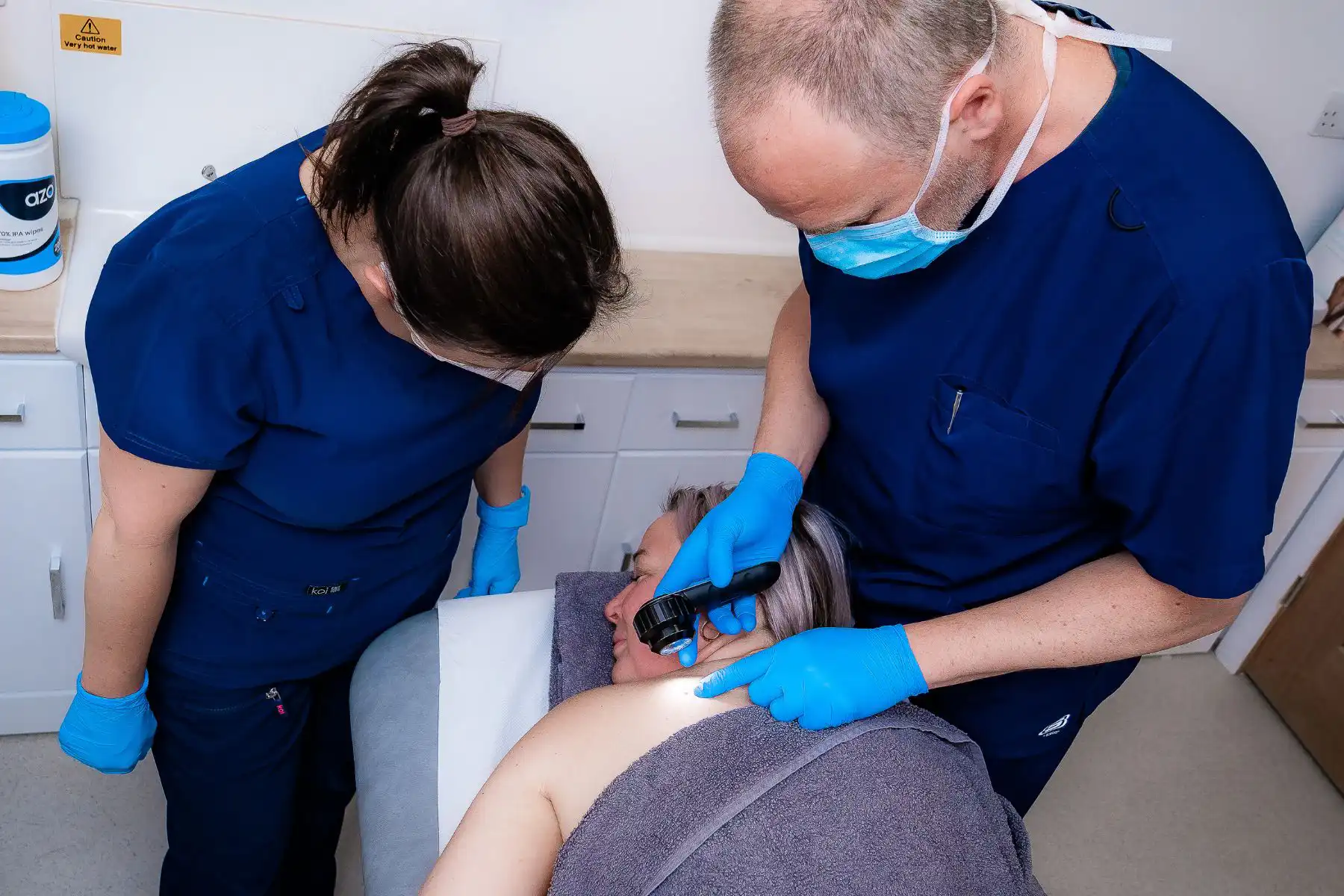
The Importance of Professional Mole Checks
While regular at-home skin exams are essential, the role of annual professional mole checks is invaluable in comprehensive skin cancer detection.
At Freyja Medical, our annual professional mole checks are invaluable for comprehensive skin cancer detection. Our dermatologists use advanced techniques to spot subtle skin changes, enhancing your skin cancer prevention strategy.
These assessments, coupled with tailored skin care advice, ensure early detection and peace of mind. If any abnormalities are found, we offer personalised skin surgery options for comprehensive care.
Testimonial: A Life-Changing Experience
“Following a check in August when Dr Dean noticed a suspicious mole on my back, it was diagnosed as a malignant melanoma and has since been removed.
Everyone has been telling me how lucky I’ve been for it to have been caught so early (stage 1A), so thank you James.
I realise now how incredibly lucky I’ve been and have shown the pictures to friends to emphasise the A to E check is not enough really, it needs an expert eye. Many thanks again.”
– Freyja Medical Customer
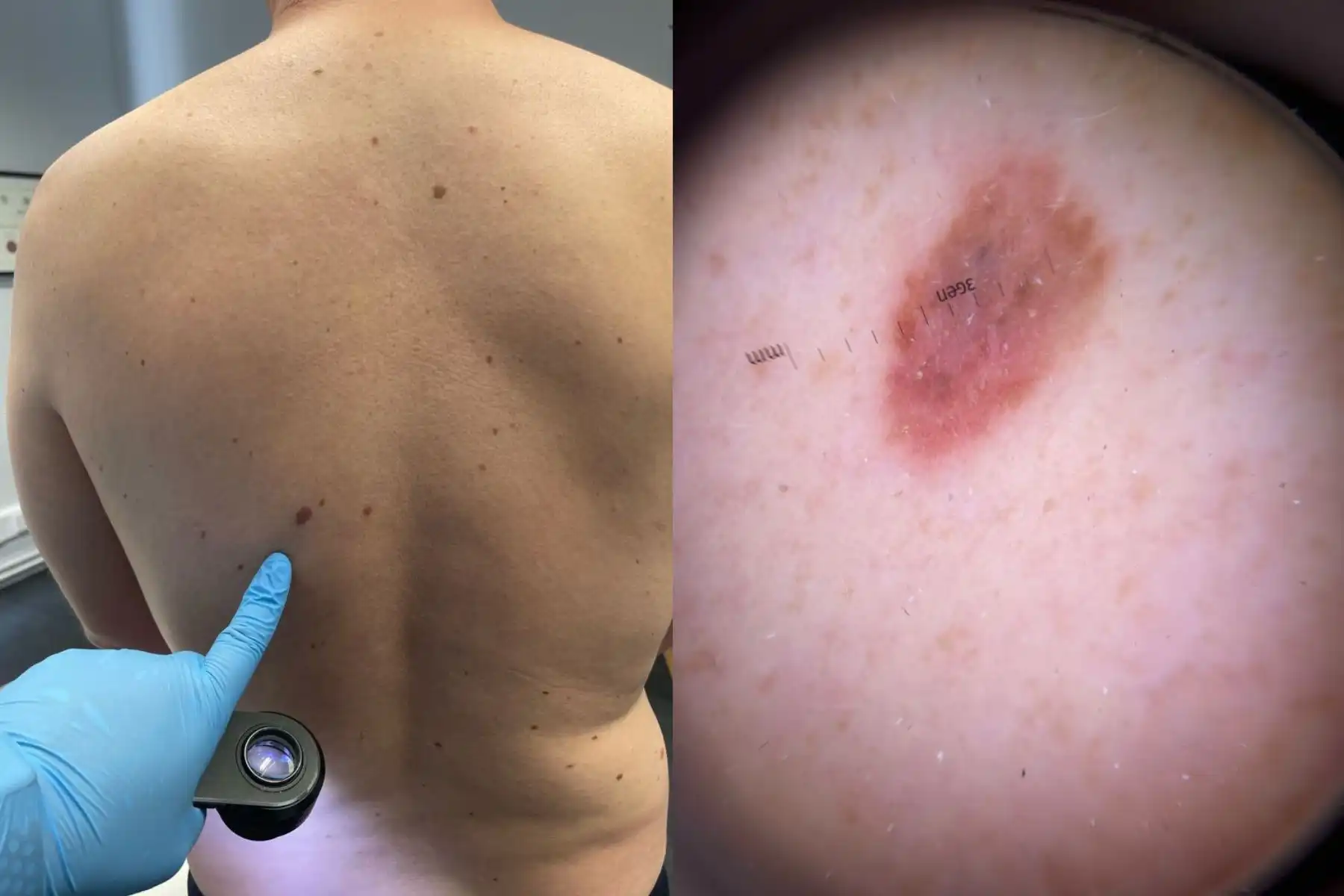
What is melanoma?
Melanoma is a type of skin cancer that develops from melanocytes, the cells that give skin its colour. It’s known for being more aggressive than other skin cancers if not detected early.
How common is melanoma in the UK?
Melanoma is one of the most common types of cancer in the UK, with thousands of new cases diagnosed each year. It’s important to be aware of its signs and symptoms.
What causes melanoma?
The primary cause of melanoma is ultraviolet (UV) light exposure, often from the sun or tanning beds. Genetic factors and skin type can also play a role.
What does melanoma look like?
Melanoma can vary in appearance but often presents as a new mole or a change in an existing mole. The ABCDE guideline (Asymmetry, Border, Colour, Diameter, Evolving) is a useful tool to identify suspicious moles.
Can melanoma be cured?
If detected early, melanoma can often be treated successfully. Early detection and treatment are key to improving the prognosis.
How can I check my skin for melanoma?
Regular self-examinations using the ABCDE guideline can help identify potential melanomas. It’s also important to have regular skin checks by a healthcare professional.
What should I do if I find a suspicious mole?
If you find a mole that matches any of the ABCDE criteria, it’s important to see a healthcare professional as soon as possible for further evaluation.
How can I reduce my risk of melanoma?
Protecting your skin from excessive UV exposure, using sunscreen, wearing protective clothing, and avoiding tanning beds are key steps in reducing your risk.
Is melanoma more common in certain age groups?
While melanoma can occur at any age, it’s more common in older adults. However, it’s one of the most common cancers in young adults, particularly young women.
Are there different types of melanoma?
Yes, there are several types of melanoma, including superficial spreading melanoma, nodular melanoma, lentigo maligna melanoma, and acral lentiginous melanoma. Each type has distinct characteristics and may require different approaches to treatment.
Mole Checks for just £179
Act now for peace of mind – book your thorough mole check and prioritise your skin health today.
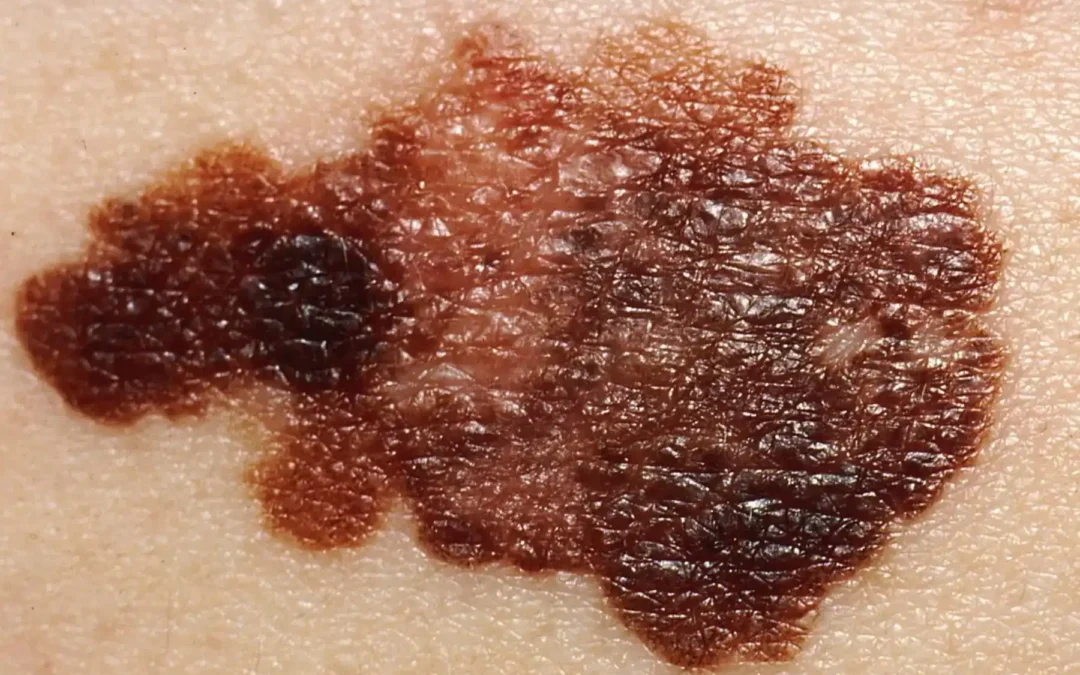
Skin Cancer Signs Symptoms: Types and Key Indicators

Self-Advocacy in Health: How to Take Control of Your Care
Why Home or Salon Mole Removal Is a Bad Idea
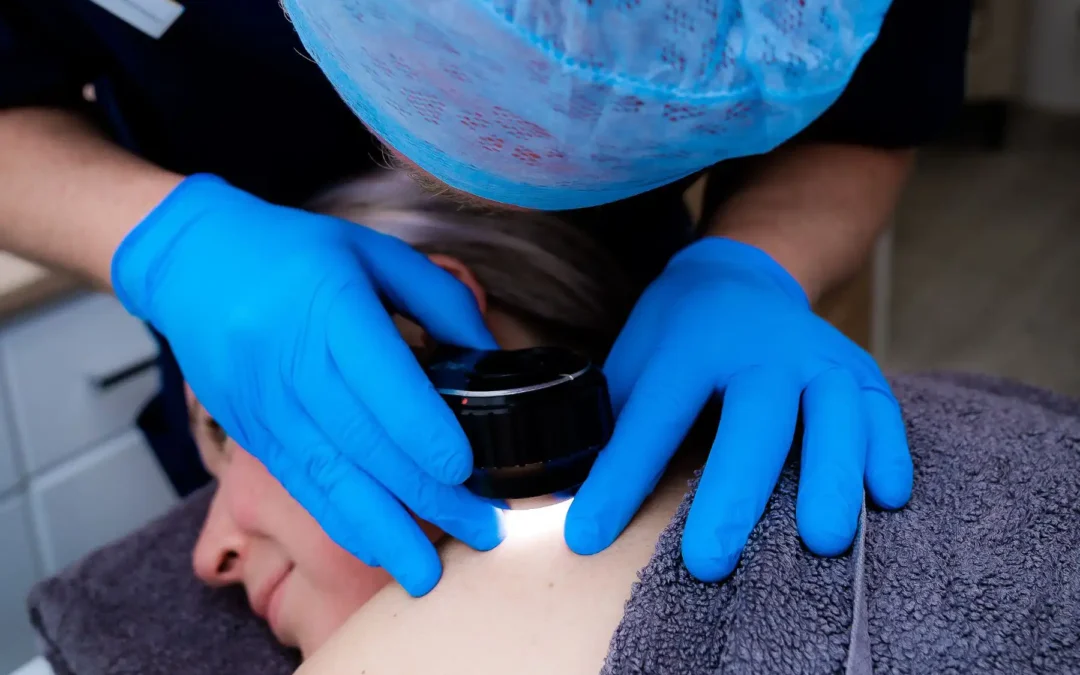
Mole Checks and Removal: Expert Insights
Mole Removal
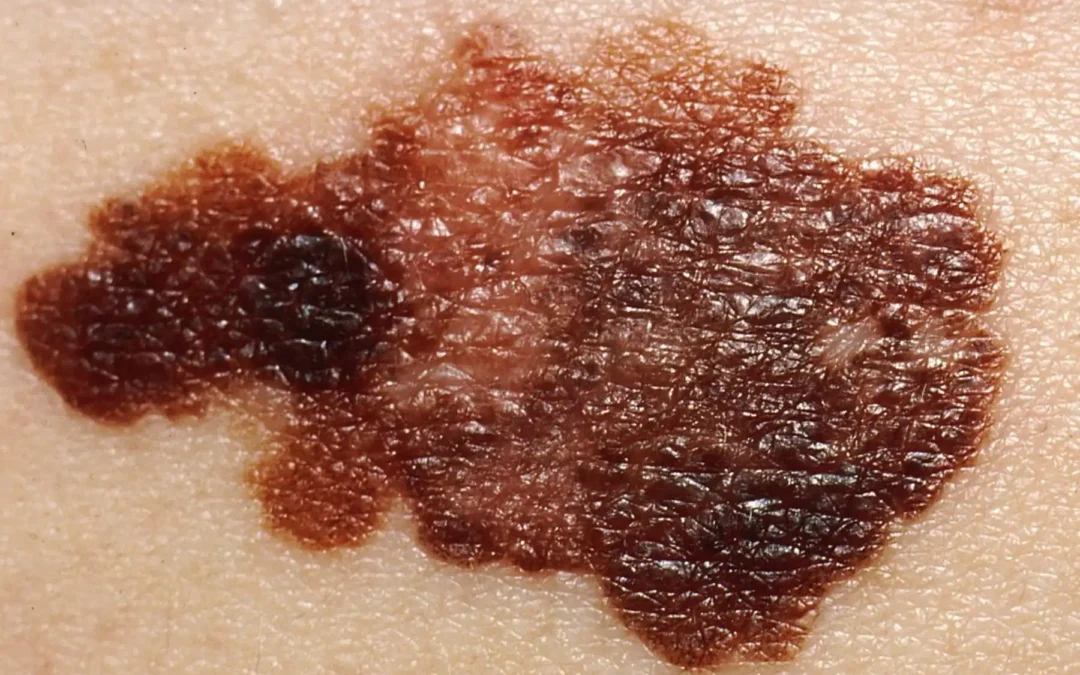
Early Detection of Melanoma: Mole Check 101
Early Detection of Skin Cancer: Mole Check 101

Mole Checking


